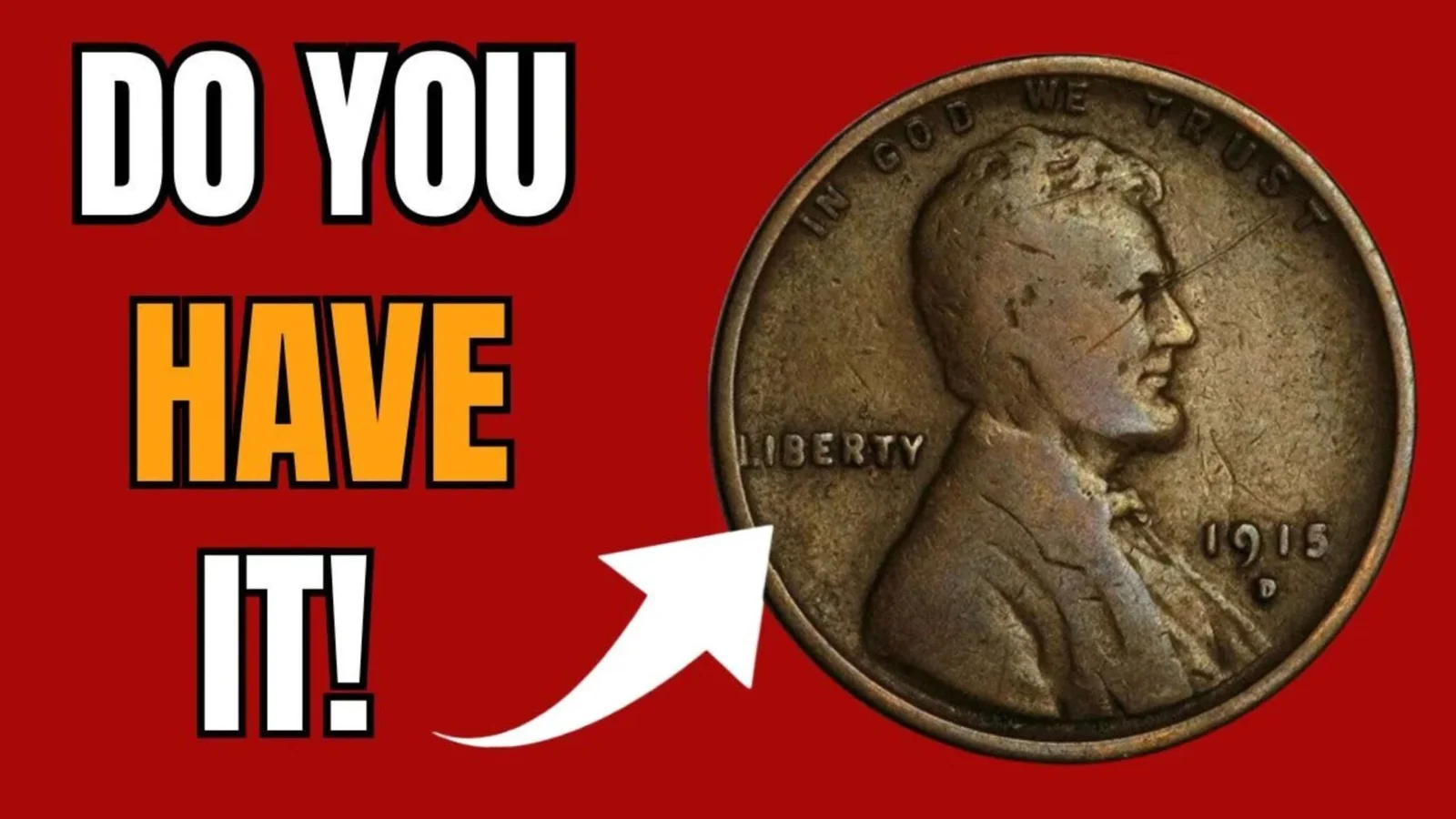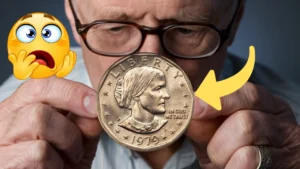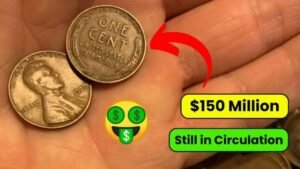Imagine finding a penny worth $144,000 in your spare change! The Lincoln Wheat Penny, a numismatic treasure, could still be in circulation. This blog post dives into the history, value, and thrill of hunting for this rare coin, perfect for collectors and curious minds alike.
What Is the Lincoln Wheat Penny?
The Lincoln Wheat Penny is a U.S. one-cent coin minted from 1909 to 1958. Featuring Abraham Lincoln’s profile on the front and wheat stalks on the back, it’s a beloved piece of American history. Some rare versions, like the 1943 bronze penny, can fetch up to $144,000 at auction.
The History of the Lincoln Wheat Penny
Introduced in 1909 to honor Lincoln’s 100th birthday, the penny was designed by Victor D. Brenner. It was the first U.S. coin to feature a president’s portrait. Over 49 years, billions were minted, but errors and rare varieties skyrocketed certain coins’ values, captivating numismatists worldwide.
Key Milestones in Its History
- 1909: First minted with “V.D.B.” designer initials, some of which are rare.
- 1943: Most pennies were steel due to WWII copper shortages, but a few bronze errors exist.
- 1958: Last year of the wheat design before the Lincoln Memorial reverse.
| Year | Event | Impact |
|---|---|---|
| 1909 | V.D.B. initials controversy | Limited release, high value |
| 1943 | Bronze error coins minted | Extremely rare, worth $144K+ |
| 1958 | Wheat design discontinued | Increased collector interest |
Why Is It So Valuable Today?
Rare Lincoln Wheat Pennies are valuable due to minting errors, low production, or historical significance. The 1943 bronze penny, mistakenly struck in copper, is a prime example. Only a handful exist, driving auction prices to $144,000 or more. Collectors prize these for their rarity and story.
Factors Driving Value
- Rarity: Few error coins survive.
- Condition: High-grade coins fetch more.
- Demand: Growing interest in numismatics.
How to Find a Rare Lincoln Wheat Penny
You could stumble upon a valuable penny in pocket change or old collections! Check coins from 1909–1958, especially 1943. Look for bronze instead of steel or doubled mint marks (e.g., 1955 Double Die). Visit coin shops, estate sales, or join numismatic clubs to start hunting.
Steps to Start Collecting
- Examine pocket change for wheat pennies.
- Use a magnifying glass to spot errors.
- Consult price guides like the Red Book.
- Network with local coin collectors.
| Method | Pros | Cons |
|---|---|---|
| Pocket Change | Free, accessible | Time-consuming |
| Coin Shops | Expert advice | Costs money |
| Online Auctions | Wide selection | Risk of fakes |
Notable Facts About the Lincoln Wheat Penny
- The 1943 bronze penny is one of the rarest U.S. coins, with fewer than 20 known.
- A 1943-D bronze penny sold for $1.7 million in 2010.
- Some 1909-S V.D.B. pennies are worth over $100,000 in mint condition.
- Over 100 billion wheat pennies were minted, yet rare ones remain elusive.
Expert Tips for Coin Collectors
- Authenticate: Always verify rare finds with a professional grader (e.g., PCGS or NGC).
- Store Safely: Use acid-free holders to preserve coin condition.
- Stay Informed: Follow numismatic blogs or join the American Numismatic Association.
- Be Patient: Building a valuable collection takes time and research.
Frequently Asked Questions
Q: Can I still find a $144K penny in circulation?
A: It’s unlikely but possible. Check 1943 pennies for bronze composition.
Q: How do I know if my penny is valuable?
A: Look for errors like double dies or consult a coin grading service.
Q: Where can I sell a rare penny?
A: Try reputable auction houses or coin dealers for the best prices.
Conclusion
The Lincoln Wheat Penny, especially rare ones worth $144,000, is a fascinating piece of history that could be hiding in plain sight. Whether you’re a collector or just curious, start checking your change! Share this post, join a coin club, or dive deeper into numismatics to uncover more treasures.




